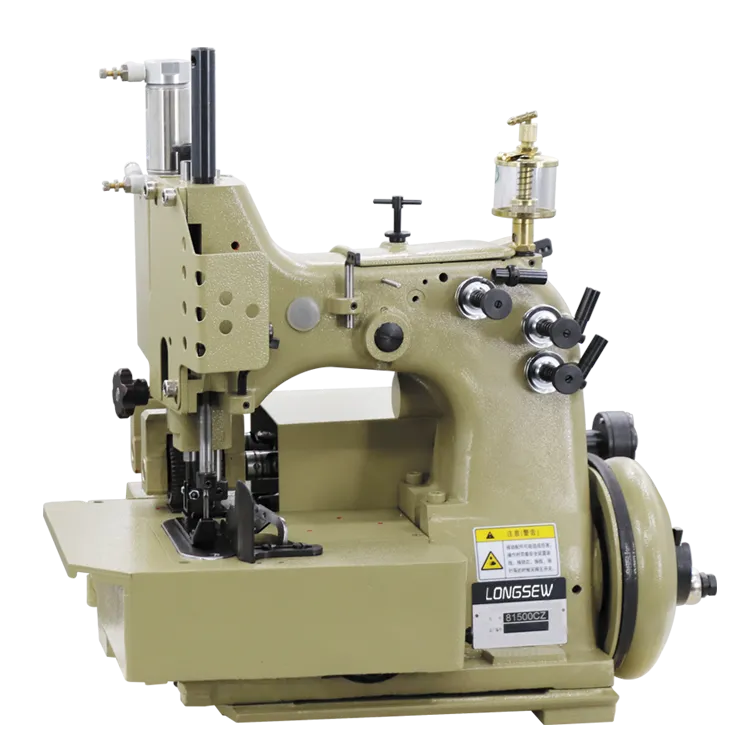sewing with thick thread
Sewing with Thick Thread Tips and Techniques for a Perfect Finish
Sewing is a wonderful craft that allows individuals to express their creativity, craft functional items, and even repair clothing. One aspect of sewing that can greatly influence the outcome of a project is the type of thread used. Thick thread, often referred to as heavy-duty or chunky thread, has gained popularity for various applications, from quilting to heavy upholstery. In this article, we will explore the advantages of using thick thread, the tools and techniques required, and tips for achieving a perfect finish.
Advantages of Using Thick Thread
Using thick thread in your sewing projects can offer several benefits. Firstly, its robustness makes it ideal for heavy fabrics such as denim, canvas, and upholstery. Thick thread creates strong seams that can withstand wear and tear, making it an excellent choice for items that require durability, like bags, outerwear, and home furnishings.
Additionally, thick thread can add a unique aesthetic appeal to your projects. The noticeable texture and bold appearance of thick thread can enhance the overall design, creating decorative stitches that stand out. Whether you choose to use it as the main thread or for decorative elements, it can add a touch of sophistication to your work.
Choosing the Right Tools
When sewing with thick thread, it is essential to use appropriate tools to ensure a smooth and successful process. Here are some key tools to consider
1. Needles Select a needle designed for heavy-duty sewing, typically either a jeans or a leather needle. These needles have a larger eye to accommodate the thicker thread and are sturdier to penetrate dense fabrics.
2. Machine Settings If you are using a sewing machine, adjust the tension and stitch length to accommodate the thicker thread. Generally, lower tension settings and longer stitch lengths work well with heavy-duty threads.
3. Thicker Bobbin Thread When using thick thread in the needle, consider using a finer thread in the bobbin. This combination can help balance the tension and ensure that both layers of fabric and thread work well together.
sewing with thick thread

Techniques for Sewing with Thick Thread
Sewing with thick thread requires a few adjustments in technique to achieve a clean, professional finish. Here are some helpful strategies
1. Test Swatches Before starting your main project, create a test swatch. This allows you to adjust settings and troubleshoot any issues that may arise with tension and stitch quality.
2. Use a Walking Foot A walking foot can be beneficial when sewing with thick thread, especially on multiple layers of fabric. It helps evenly feed the fabric through the machine, minimizing the risk of puckering or shifting.
3. Slow and Steady Take your time while sewing. Thick thread can be harder to manage, so slow your machine's speed to maintain control and precision over the stitches.
4. Layer Management When working with thick fabrics or multiple layers, consider using clips instead of pins to hold the layers in place. Clips can grip thicker materials better and minimize the likelihood of distortion as you sew.
5. Finishing Techniques To avoid fraying or rough edges, finish the edges of your project with an overlock stitch or a zigzag stitch. This will provide a polished look and add durability to the seams.
Conclusion
Sewing with thick thread can elevate your projects by enhancing their durability and aesthetic appeal. With the right tools, techniques, and a bit of practice, you can achieve stunning results. Whether you're creating a sturdy bag, a quilt, or redecorating your home with new upholstery, the use of thick thread allows for both functional and creative expression. Remember to experiment, enjoy the process, and embrace the unique qualities of this versatile thread. Happy sewing!
-
Boost Production Efficiency with a Pattern Sewing MachineNewsAug.29,2025
-
Industrial Excellence with the Best Heavy Duty Sewing MachineNewsAug.29,2025
-
Precision and Power with the Best Pattern Sewing MachineNewsAug.29,2025
-
Reliable Bulk Packaging Starts With the Right FIBC Sewing MachineNewsAug.29,2025
-
Advanced Packaging Solutions: Elevate Productivity with Jumbo Bag Sewing Machine and Industrial Stitching EquipmentNewsAug.29,2025
-
High-Performance Solutions for Bulk Packaging: FIBC Sewing Machine and MoreNewsAug.29,2025
-
Maximize Efficiency with an Industrial Cylinder Arm Sewing MachineNewsAug.28,2025


























